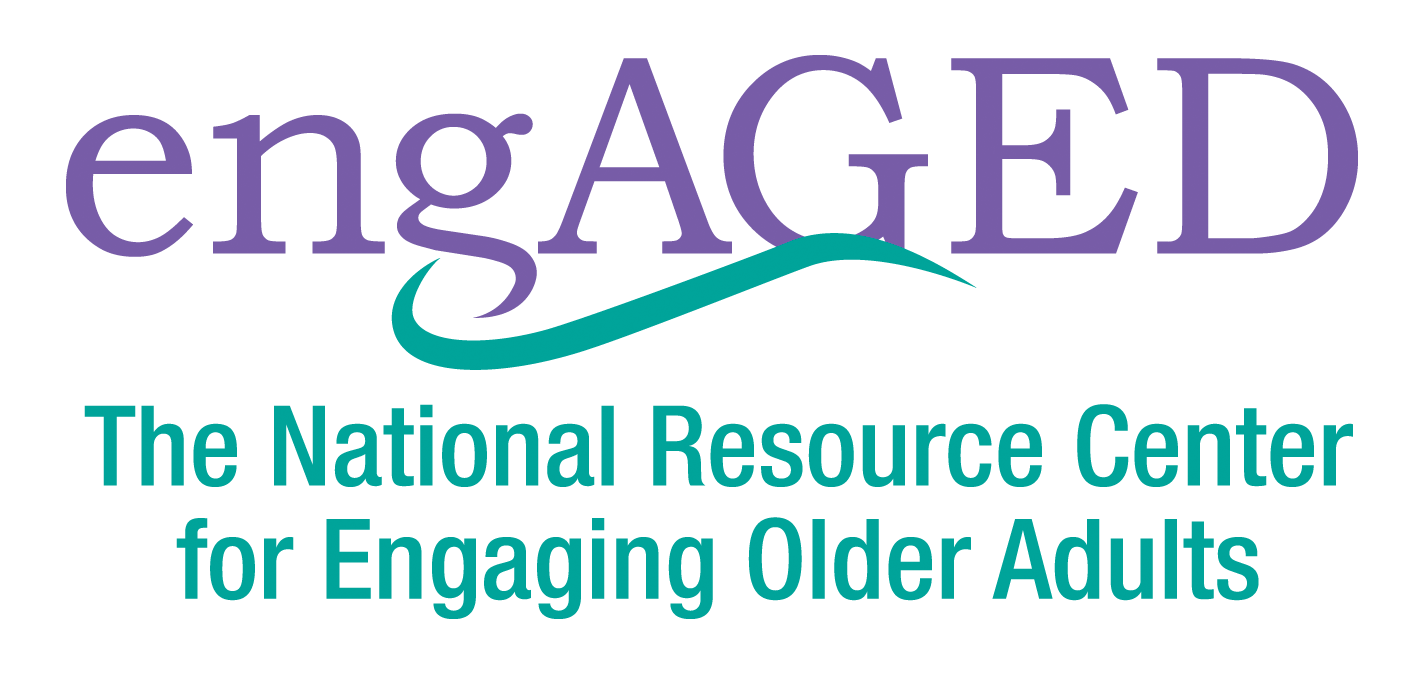Staying Connected After Giving Up the Keys & During Self-Quarantine
The mission of the National Aging and Disability Transportation Center (NADTC) is to work with communities nationwide to increase the availability and accessibility of transportation for older adults and people with disabilities. (1) Our work includes activities that support the needs of older adults as they transition away from driving, an often life-changing event that especially impacts older adults and people with vision loss. Older adults who no longer drive are more likely to miss medical appointments, are less likely to engage in essential activities such as grocery shopping and are even less likely to continue social activities ranging from attending worship services to visiting friends and relatives. (2) An NADTC publication, Before You Give Up the Keys, offers guidance and resources for older adults who plan or need to stop driving.
My friend Pat Yates recently got rid of her car. She is a world traveler, and loves theatre, movies and long dinners at restaurants. A few years ago when she and her husband Ed were considering moving to a retirement community in North Carolina, I remembering asking whether she would be happy so far away from the things she most loved to do. Happily, they decided to stay in DC! Pat is now 83 and widowed. She has had two knee replacements and has chronic pain due to arthritis.
When Pat told me that she had decided to stop driving a couple of months ago, I was a bit surprised. True to form though, Pat had thought long and hard about this decision. She calculated the cost of maintaining a car that she was driving less and less, including garage parking, upkeep and insurance, finding that it cost her close to $500 a month. Pat, like many older adults, had already stopped driving at night due to cataracts but believes that her driving skills overall were undiminished. However, she felt that the time was right to “give up the keys.” As a former social worker, Pat knows the importance of planning. Before she stopped driving, she signed up for Metro Access, the paratransit service offered by the public transit system (Metro) which serves the DC/Maryland/Northern Virginia region, and Transport DC, which provides one-way taxi rides for only $5 throughout the District of Columbia. The retirement community Pat lives in gives her access to its mini-bus for group trips, many of which she plans. And as she says, there’s always Uber, which she uses from time to time.
All in all, Pat’s transition to not driving was smooth. She says that some of her neighbors unfortunately-perceive Metro Access as a welfare program. One friend, however, needs kidney dialysis three times per week and has found Metro Access to be a lifesaver. Pat also applauded Metro Access for improvement in its application and reservation process since her husband Ed, who used a wheelchair, needed the service several years ago.
Unfortunately, less than two weeks after she became a non-driver, Pat, along with others in her retirement community, began a period of self-quarantine due to COVID-19, forcing her to cancel a planned theatre trip to Baltimore and among other social events. For about a week, the independent living residents still took meals in the dining room, but that soon ended. Meals are now brought to residents’ apartments three times a day.
Compared to many older adults forced to stay at home because of the virus, Pat is the first to say that her situation is a happy one, but…she says she sometimes feels “stir crazy,” has to fights boredom and feels that the situation “makes me lazy.” She’s been streaming TV shows and plays on her computer and, yes, she’s a savvy user. Pat keeps up with relatives, including her husband’s family in North Carolina, and nearby family members. Thanks to her world travels, she stays in touch by email with friends old and new, notably in Melbourne (Australia), Liverpool (England), Cape Cod, San Diego and Seattle, pointing out that it’s interesting to hear about experiences with the coronavirus in other states and countries.
Pat underscored the importance of staying mentally and physically active as much as possible, a task made much more difficult during quarantine. She depends on her contacts with friends and relatives to get through this period. Asked what she most wants to do when things get better, she said that she wants to see more plays, go out for lunch and dinner, see friends and return to her previous social activities.
Taking a cue from Pat, I’m reminded of a few things all of us might consider doing during this time:
Stay connected with friends, relatives and neighbors, by phone or computer.
Find things to do that you find entertaining and stimulating, whether it’s watching TV, reading, doing puzzles or finding a project around the house that you would enjoy doing.
Stay as physically active as possible, even if it’s just walking around the house.
Make plans for the future.
This blog was written by Virginia Dize, Co-Director of the National Aging and Disability Transportation Center.
(1) The National Aging and Disability Transportation Center is a partnership of the National Association of Area Agencies on Aging (n4a) and Easterseals funded by the U.S. Department of Transportation, Federal Transit Administration. https://www.nadtc.org/wp-content/uploads/GivingUpTheKeys_Final_508_AcrobatXI.pdf
(2) NADTC’s publication, Before You Give Up the Keys, offers guidance and resources for older adults who plan or need to stop driving.

